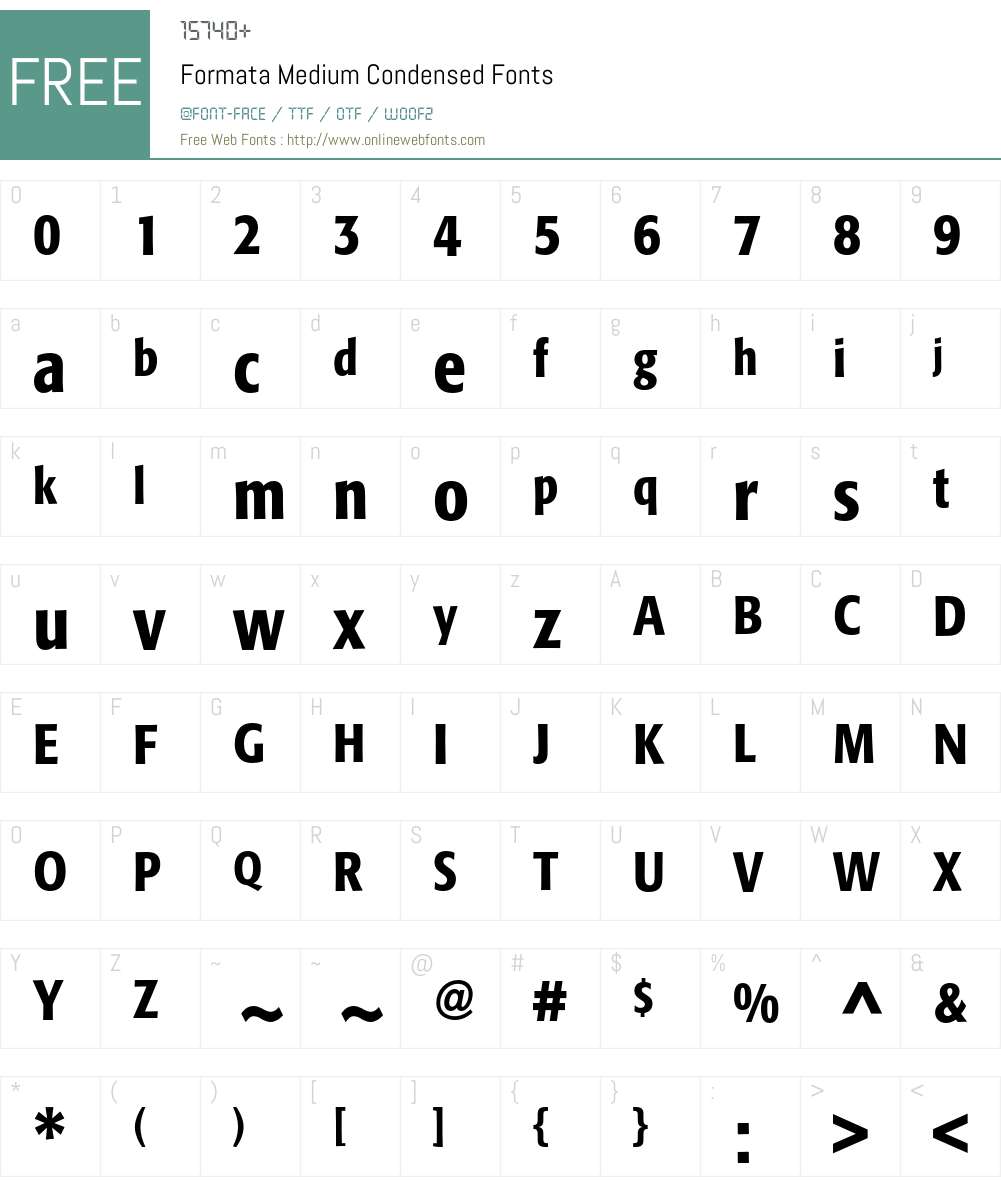
Leading is the space between lines (or, more accurately, the distance from the bottom of one line to the bottom of the next line). Aim for about 10–15 words per line (be sure to check several different lines of text, not just one!). Count the number of letters or words that fit on a line. Slightly different letter shapes make some fonts look bigger or smaller than others.

Many modern books are set in 11-point type, but that’s not a hard-and-fast rule. Too small, and the average reader will need a magnifying glass. Make it too big, and you’ll wind up with one of those “large print” editions. Once you have your font, start looking at the size of the type on the page. You can always add spice by choosing a livelier font for your cover, title page, chapter titles, and other accents.

Don’t be afraid of being “boring.” When you read, you should see the words, not the font. If you want to branch out, look for fonts that are easy to read in paragraphs-fonts with an even look, with some (but not too much) contrast between thick and thin lines. You can’t go wrong with any of these fonts. They draw the eye along a line of type, grouping letters for easier recognition as words. You see them everywhere, because they were designed specifically for use in books. Fonts like Garamond, Janson, Caslon, or Minion have very long pedigrees in the book world. This is one area where the tried-and-true is still best. What is a “readable” font? For a book, we mean a typeface that is easy on the eyes-not only attractive at first glance, but comfortable to read over a hundred pages or more. There are some detailed resources online if you want to explore this topic in depth. Make the inside margin slightly larger so words don’t fall into the gutter (this is especially important for longer books, which have deeper gutters). For a 6 x 9 book, 3/4” (.75”) is more appropriate. How much margin is enough? For a 5 x 8 inch book, try 5/8” (.625”) to start.

A nice, roomy margin all the way around the page makes the book feel more inviting, allows the reader to hold it comfortably, and leaves space for notes or marks. Even worse, some of your text can get lost in the “gutter,” or inside edge, meaning the reader has to torture your book, prying it open just to read it. Tight margins make pages look cramped and intimidating. It can be tempting to cram as much text as possible on a page to reduce a book’s page count, but don’t do it. Page margins are a common problem in books by first-time self-publishers. Use them yourself, and your book will belong with the best. Pull any bestseller or classic off your shelf and you’ll see all of the following principles brought into play.
Formata font professional#
Even if you aren’t a professional designer, there are simple things you can do to make your novel design and pages look more polished. Page design is a fine art, but don’t despair. And, once they’re in, you want the page design to help them along-not get in their way.

If your pages look clumsy or amateurish, you might scare readers away before they have a chance to fall in love with your prose. You’ve invested a lot of time and effort into writing your novel and the way it looks should reflect that effort. We’ve compiled some basic tips that will help make your novel format and design inviting and readable. We all know the importance of a good first impression.
Formata font how to#
How to format a novel: book formatting fundamentals


 0 kommentar(er)
0 kommentar(er)
